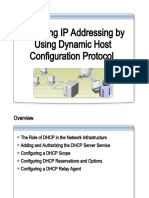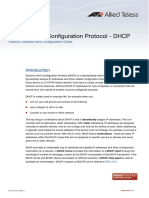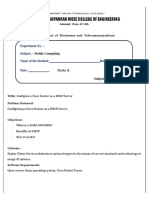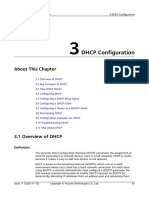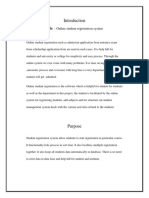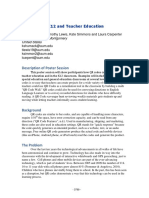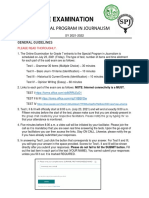0% found this document useful (0 votes)
16 views3 pages10-DHCP (Dynamic Host Configuration Protocol)
DHCP (Dynamic Host Configuration Protocol) is a network protocol that automates the assignment of IP addresses and network settings to devices through a process known as DORA (Discover, Offer, Request, Acknowledgment). Key components include the DHCP server, IP address pool, and lease time, which together simplify network management and reduce errors. The protocol enhances efficiency and scalability, making it essential for modern networks.
Uploaded by
moCopyright
© © All Rights Reserved
We take content rights seriously. If you suspect this is your content, claim it here.
Available Formats
Download as PDF, TXT or read online on Scribd
0% found this document useful (0 votes)
16 views3 pages10-DHCP (Dynamic Host Configuration Protocol)
DHCP (Dynamic Host Configuration Protocol) is a network protocol that automates the assignment of IP addresses and network settings to devices through a process known as DORA (Discover, Offer, Request, Acknowledgment). Key components include the DHCP server, IP address pool, and lease time, which together simplify network management and reduce errors. The protocol enhances efficiency and scalability, making it essential for modern networks.
Uploaded by
moCopyright
© © All Rights Reserved
We take content rights seriously. If you suspect this is your content, claim it here.
Available Formats
Download as PDF, TXT or read online on Scribd
/ 3












